Spring Cleaning Week (part 1, part 2) continues with Zoodle, an image-making app for kids and a picture book that’s based on it.
Over the last few years, I’ve spent a lot of time exploring different interfaces for creating images with AI. For one of these explorations, I gave myself a playful constraint: designing specifically for kids who can’t yet read or write. It would force me to move away from text-based inputs—while also emphasizing fun and joy (rather than “utility”).
The result became Zoodle, an app for making images about cute animals and their adventures. You select up to 4 pictogram stickers and the AI will go to work, creating a cheerful image … and a narrated story to go along with it.


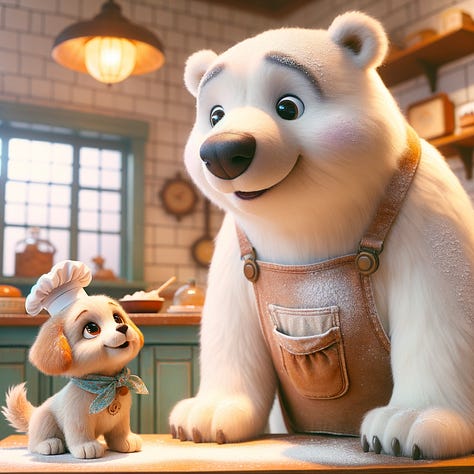
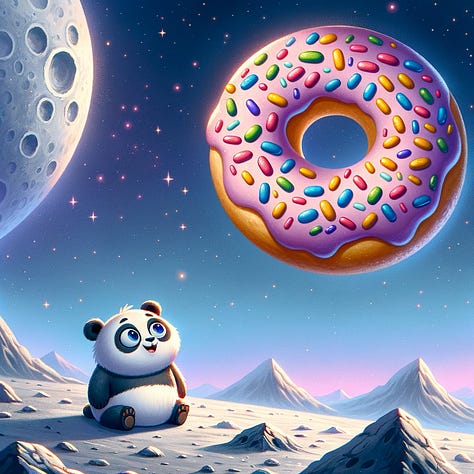
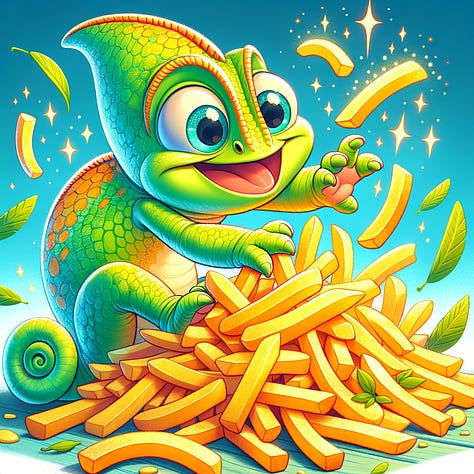


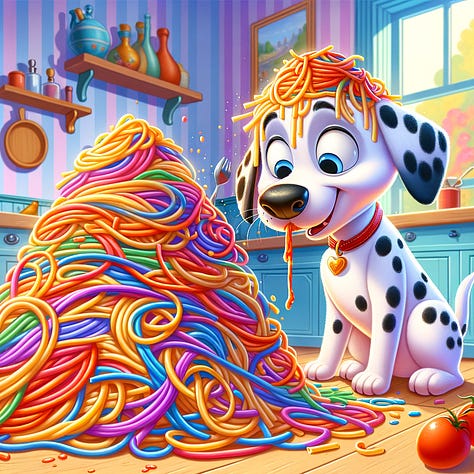

In our own home, my partner and I quickly fell in love with many of Zoodle’s creations. I printed some of our favorites as postcards and thought, “These would make a great picture book,” imagining a stand-up desk calendar, but filled with adorable pictures on every page.
What started as a quick prototype soon snowballed into a custom print run in China (and more reasons for me to love Alibaba).
I sent the finished picture books to friends with young kids—many of whom had also tried the original app. The novelty of the digital version often wore off — but parents, to this day, keep texting me photos of their kids flipping through the physical book with big smiles.
Sometimes, the best app is no app—especially in a world that’s increasingly “non-tangible”.





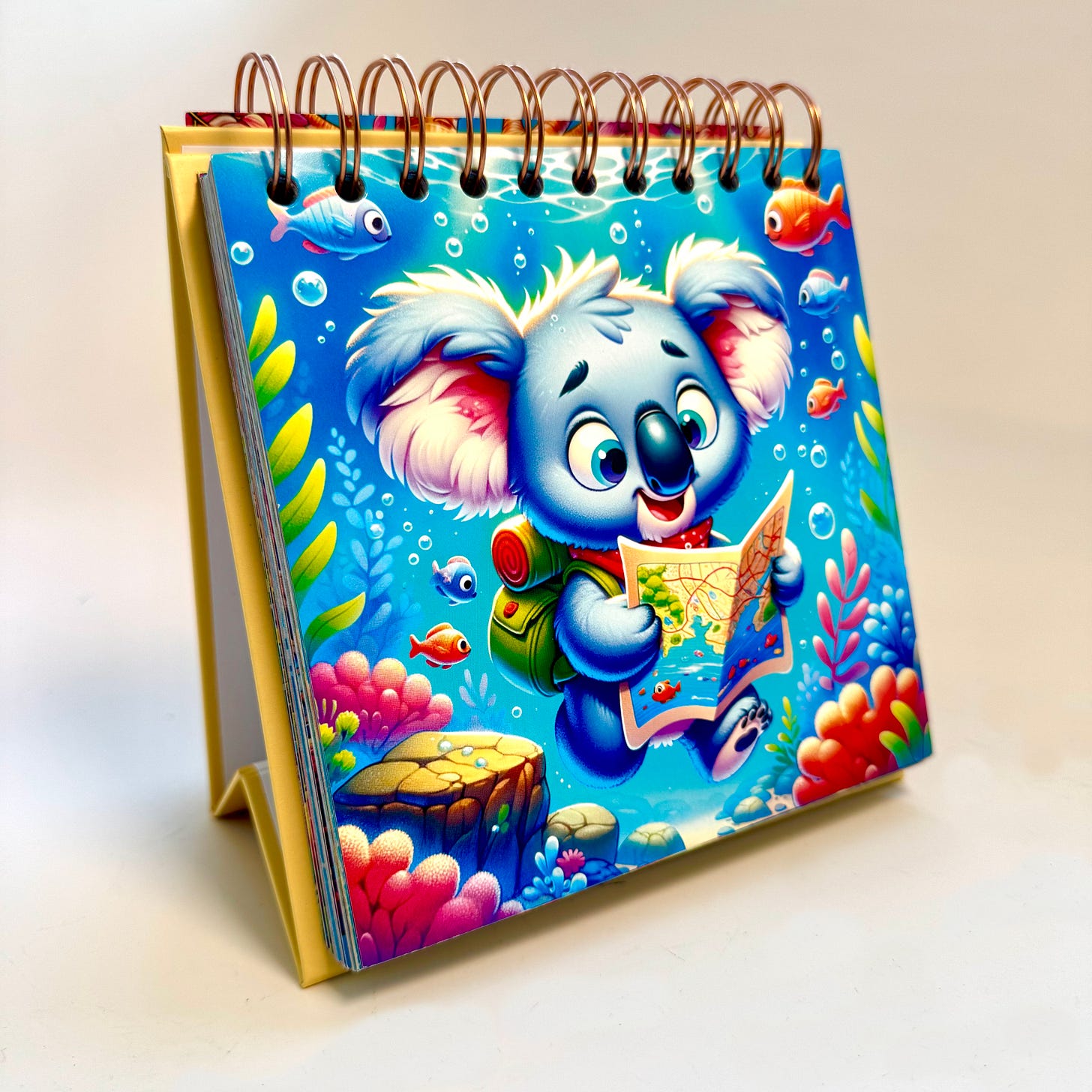
Hi Greg, Katy Kavanaugh here. It's fun to see how your tinkerings are producing products..great that you're keeping really young learners in mind, understanding that different aesthetics are as valuable to growing neural pathways, just as different languages do. And the spoons - I completely get it! I've had a favorite spoon for years for that same reason.
I continue to tinker with a way to get international films to more learners. The National Science Foundation helped Screen360.tv last year and we enhanced our prototype, employing AI to coordinate classroom matches. Our conjoined study showed a 30% increase in interest in other cultures in a high school test group after five short int'l film sessions.
Still, I'm still flummoxed by the number of educated people who don't understand the value of "traveling" through an international film, especially for learners who, for many reasons, can't actually travel.
The doc that explains it through Felix's story, interviews at the Berlinale and beyond, including your interview, had its final interviews just before the pandemic. Its completion was to be part of the marketing plan but the NSF (a journey begun in 2021) didn't allow it.
Trump axed our NSF Phase 2 funding. So if you're ever interested to tinker further with international film for young audiences and its value in cultivating a more empathetic, culturally literate, collaborative workforce, please ring. cmkavanaugh@alumni.stanford.edu